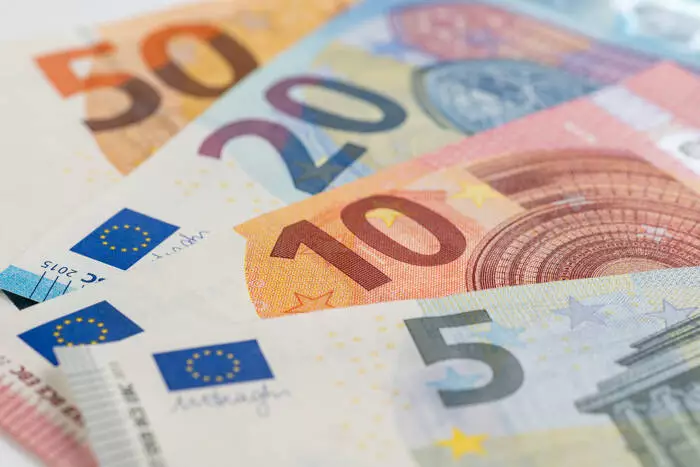As January draws to a close, gold is poised for its most significant monthly gain since March of the previous year. This resurgence is intricately tied to prevailing market sentiments that closely track political developments, particularly in the United States. Investors are not simply reacting to economic data; they are also weighing the potential impacts of impending changes in U.S. governmental policies. During this crucial month, both gold and the dollar displayed remarkable strength, largely buoyed by the decisions made by the Federal Reserve and the European Central Bank (ECB).
On January 29, the Federal Reserve announced their decision to maintain interest rates within the range of 4.25% to 4.5%, a move that was largely anticipated by market stakeholders. The Fed underscored the necessity of substantive progress in curbing inflation before considering further rate cuts. This is notable, as the removal of certain phrases from their statement, particularly those referring to inflation progress, might indicate a broader perspective on inflation trends. Instead of dismissing recent increases as anomalous, the Fed seems to suggest we could be entering a period of enduring inflationary pressures. Market calculations now place the likelihood of another hold during their March meeting at approximately 85%, as indicated by the CME FedWatch tool.
Conversely, the job market in the U.S. remains resilient, and various economic indicators, including GDP, suggest that a recession is not imminent. This strengthened labor market reinforces the Fed’s cautious approach, as they navigate the challenging waters of inflation management while striving to maintain economic stability.
In juxtaposition, the European Central Bank undertook a widely expected reduction in its primary refinancing rate, slicing it down to 2.9%. Analysts speculate that the ECB may implement further cuts during their upcoming meeting on March 6, reflecting a more lenient stance compared to the Fed. The contrast in inflation rates between the eurozone and the U.S.—with European annual headline inflation running half a percent lower—grants the ECB greater latitude for rate adjustments. Yet, this divergence also raises concerns about significant currency depreciation against the dollar, which may place the eurozone’s economic stability at risk if not carefully managed.
In the realm of political economics, the recent confirmation by former President Donald Trump regarding proposed tariffs on goods from Canada, Mexico, and China has notably stoked market anticipation. While the prospect of such tariffs is not unexpected, uncertainty surrounds their full implications, specifically regarding the breadth of products affected and the financial burden on consumers and producers alike. Traders remain poised, awaiting further clarification on these tariffs that will likely shape market trajectories in the coming months.
The interplay between monetary policy decisions by major central banks and the political landscape significantly influences the gold market and currency values. As investors navigate this complex environment, their responses to unfolding events will be critical in shaping the trajectory of both gold and the dollar as we proceed through the year.

